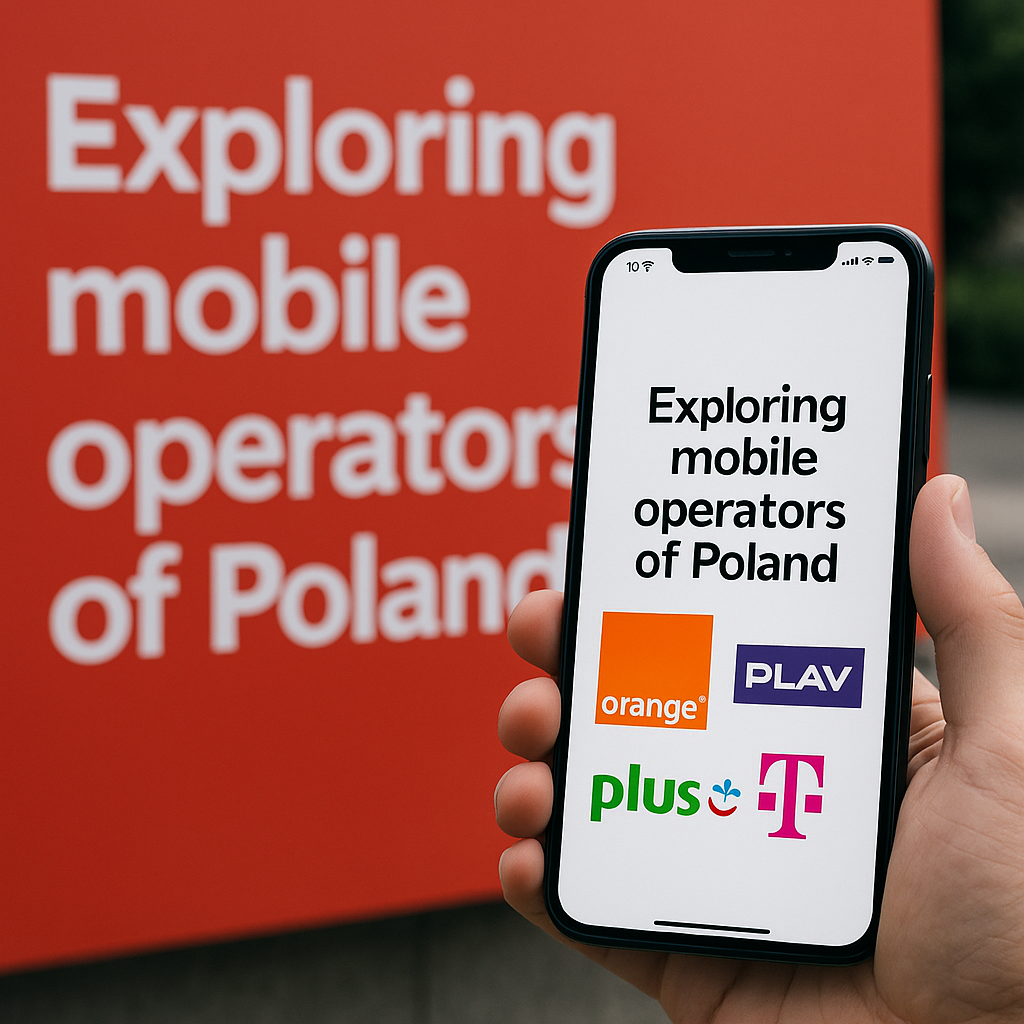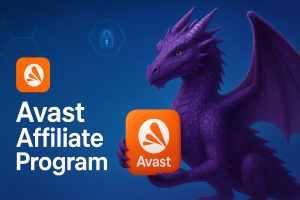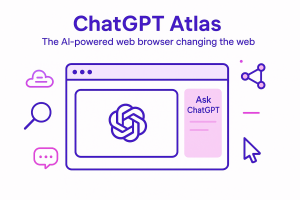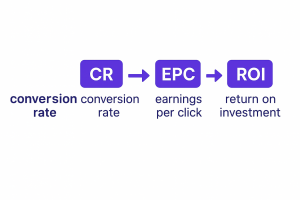Poland is more than just a dot on the map; it’s a strategically important market for affiliate marketers. With a rapidly growing digital economy, strong internet penetration, and a population eager for online content and services, the opportunities here are massive. But what truly makes Poland a treasure trove, especially for mobile-centric offers?
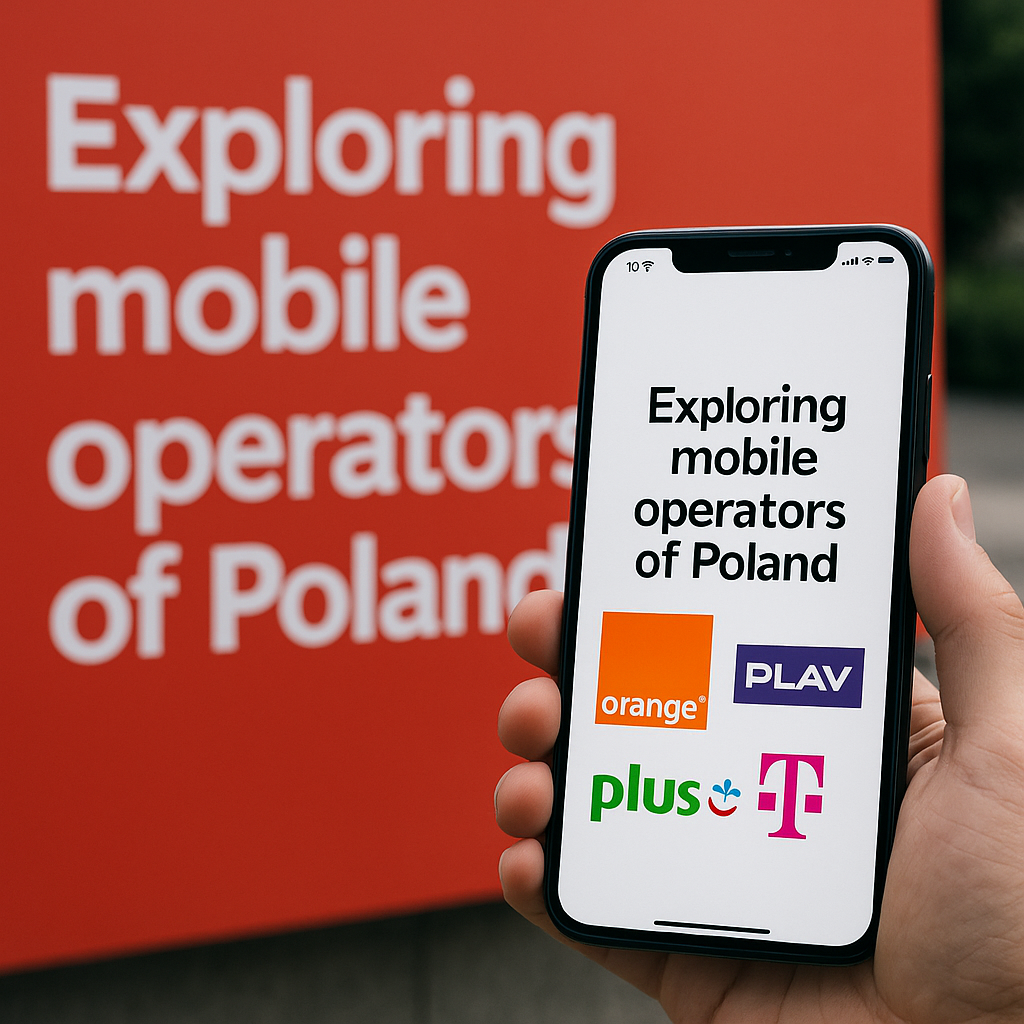
Overview of Poland’s mobile market
Poland’s mobile telecom sector is one of Central Europe’s largest, with about 52–53 million active mobile subscriptions in a country of ~38 million people . This represents a penetration over 130%, meaning many users have multiple SIMs. The market is highly competitive, featuring four major mobile network operators (MNOs) and numerous smaller virtual operators. Mobile infrastructure is advanced – 4G LTE networks cover essentially 100% of the population – and 5G coverage reached roughly 69% of inhabitants by 2023 , with rapid expansion underway following recent spectrum auctions. Overall, Poland has a mature telecom environment with improving technology uptake and affordable services, providing fertile ground for both consumers and marketers.
Major mobile network operators (MNOs) and MVNOs in Poland
Poland’s mobile industry is dominated by four nationwide MNOs: Orange Polska, Play (P4), Plus (Polkomtel), and T-Mobile Polska. Each has a substantial subscriber base and network footprint:
- Orange Polska – Part of Orange Group, the incumbent operator. Offers extensive coverage and a full range of services (mobile, fixed, broadband). Orange leads in many metrics and holds roughly 27–29% market share by subscribers .
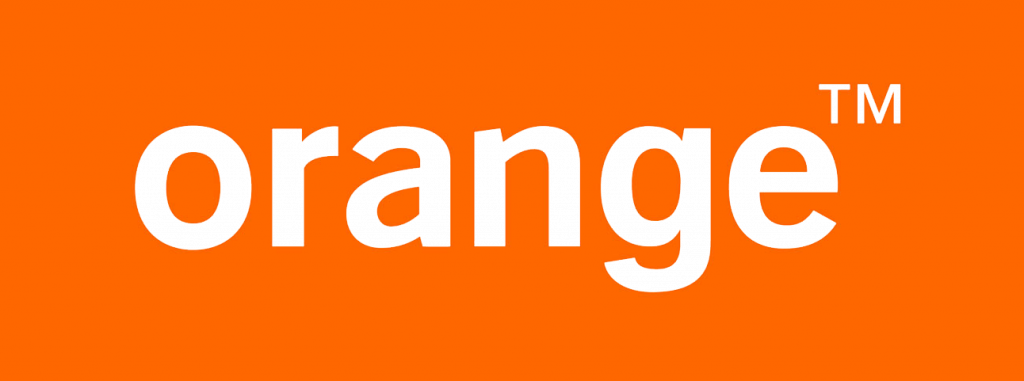
Play (P4) – A newer entrant (launched 2007) that grew rapidly. Now Poland’s largest or second-largest operator with about 28–30% market share . Play (owned by France’s Iliad) is known for competitive pricing and was a 5G pioneer.

Plus (Polkomtel) – Part of Cyfrowy Polsat Group, Plus has ~23–26% of the mobile market . It was first to launch consumer 5G in Poland and leverages synergies with Polsat’s media and satellite services.
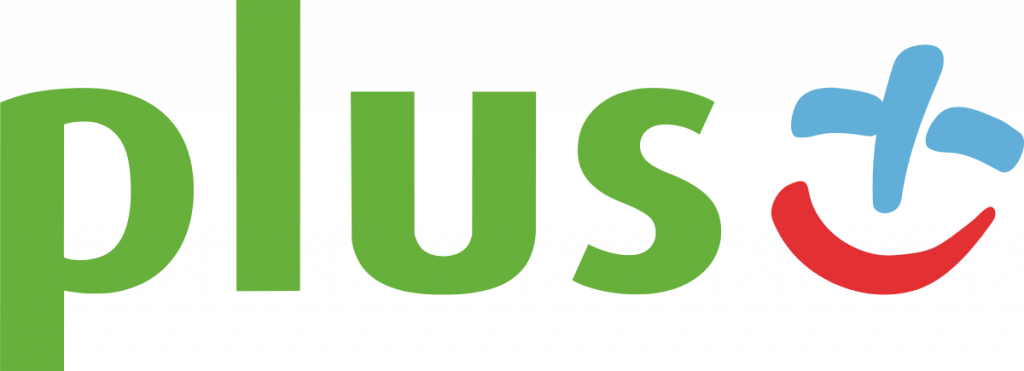
T-Mobile Polska – Owned by Deutsche Telekom, with ~18–20% market share . T-Mobile provides high-quality networks (leading in speed and quality awards) and focuses on postpaid and business customers.
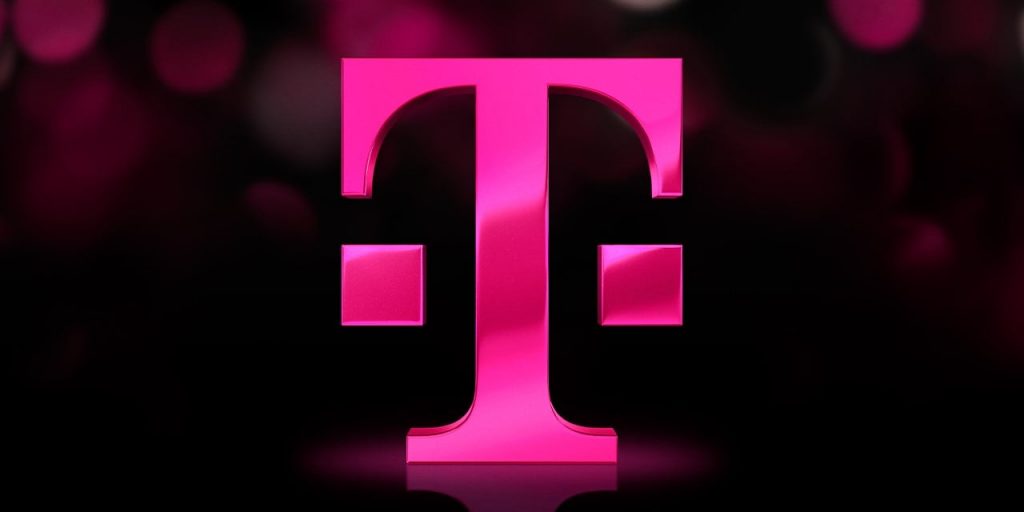
These top four operators collectively account for nearly 100% of Poland’s mobile connections, leaving little room for challengers. However, there is a long tail of Mobile Virtual Network Operators (MVNOs) leasing capacity from the big four. Poland’s MVNO sector is crowded but holds a modest ~2–5% of the market . There are 30+ active MVNO brands , typically targeting niche segments or budget-conscious users. Notable examples include:
- Virgin Mobile Polska – Once the largest independent MVNO (focused on low-cost plans), it was acquired by Play.
- Premium Mobile – A fast-growing MVNO (using Plus’s network) that amassed ~425k customers by 2021 (70% on contracts) and was eventually acquired by Polkomtel .
- nju mobile – A sub-brand of Orange offering discounted no-frills plans (often considered an MVNO, though owned by Orange).
- Heyah – A youth-oriented prepaid sub-brand on T-Mobile’s network.
- Lycamobile – An international MVNO in Poland, popular for cheap international calls (runs on Plus’s network).
- Others: Mobile Vikings, Plush (Plus’s sub-brand), tuBiedronka (a supermarket MVNO via T-Mobile), and more. Most MVNOs remain small with marginal share, but they increase consumer choice in the prepaid segment.
Key takeaway: The Polish mobile market structure features four dominant MNOs – each with roughly a quarter of the market – and dozens of MVNOs competing on price or niche offerings. Despite the multitude of brands, the “Big Four” operators retain the overwhelming majority of subscribers and revenue.
Network coverage and technology (4G/5G)
Poland has invested heavily in mobile network upgrades, resulting in broad coverage and modern technology deployment:
- 4G LTE Coverage: Virtually universal population coverage has been achieved. By 2023, 100% of Poland’s population was within 4G network range , putting Poland on par with Western Europe in LTE availability. All operators have nationwide LTE, using bands 800 MHz, 1800 MHz, 2600 MHz, etc. Geographical coverage (land area) is somewhat lower (estimated ~85–90%), as some remote rural areas and forest regions may have patchy signal . Overall, any populated locality can get 4G service from at least one operator. LTE-Advanced is widely deployed in cities, enabling high data speeds. According to speed tests, Poland’s mobile download speeds average ~94 Mbps on 4G/5G combined – a solid performance globally.
- 5G Rollout: 5G arrived in Poland in 2020 on non-standalone networks. Initial 5G offerings used refarmed bands (e.g. 2100 MHz via DSS) and a 2.6 GHz TDD band that Plus employed early. However, the critical C-band (3.4–3.8 GHz) auction faced delays due to legal and security debates. In late 2023, the regulator (UKE) finally auctioned 3.5 GHz licenses to the four main operators . As a result, 2024 marked a turning point for 5G expansion:
- Plus (Polkomtel) led early 5G coverage by using its 2600 MHz band. By early 2024, Plus claimed 5G coverage of over 60% of Poland’s population (23 million people) via ~3,700 base stations in 1,150 towns . This was achieved prior to utilizing the new C-band spectrum (which Plus won in Oct 2023). With C-band now in hand, Plus can further boost capacity and coverage.
- T-Mobile and Orange activated their C-band frequencies in 2024. T-Mobile quickly upgraded 2,000+ sites to C-band and shot to the top for 5G download speeds (avg 174 Mbps) . Orange announced PLN 400–500M (~$100+M) investment in 5G and network modernization in 2024 . These two also share some infrastructure (Orange and T-Mobile have a network-sharing JV for LTE which may extend to 5G in some bands).
- Play (P4), owned by iliad, also secured C-band spectrum and is rolling out 5G rapidly in 2024. Play had earlier offered 5G via DSS on 2100 MHz, but C-band will greatly improve its 5G performance.
- Plus (Polkomtel) led early 5G coverage by using its 2600 MHz band. By early 2024, Plus claimed 5G coverage of over 60% of Poland’s population (23 million people) via ~3,700 base stations in 1,150 towns . This was achieved prior to utilizing the new C-band spectrum (which Plus won in Oct 2023). With C-band now in hand, Plus can further boost capacity and coverage.
- As of end-2023, an estimated 69% of Poles were within 5G coverage (primarily in cities and larger towns). This figure is rising fast in 2024–2025 as operators deploy C-band and also prepare to use the newly auctioned 700 MHz band (auctioned in early 2025) for wide-area 5G coverage . Bottom line: 5G in Poland is now scaling – moving from early adoption (mainly urban) toward mainstream coverage. By 2025, we can expect national 5G population coverage to approach parity with 4G, given the spectrum and capital now being poured into networks.
- Legacy Networks: 3G is being phased out; Orange and Play plan to shut 3G by 2025–26 , refarming spectrum to 4G/5G. 2G (GSM) remains operational for basic voice/SMS and IoT devices, but its usage is low. The focus is firmly on LTE and 5G going forward.
Mobile subscriber statistics and market share
Poland’s mobile subscriber base has stabilized around 52–53 million active SIM cards in recent years . The total peaked above 57 million a decade ago, but has since declined slightly due to cleanup of inactive prepaid cards and market saturation . Today, virtually every adult in Poland has a mobile phone, and many have multiple SIMs (for work, tablet, or IoT devices). Key statistics and trends include:
- Subscriber Penetration: ~137% (i.e. 1.37 mobile subscriptions per person) as of 2024 . This is a high penetration rate, reflecting multi-SIM ownership and machine-to-machine (M2M) SIMs. It’s comparable to Western Europe averages.
- Market Share of Operators: The “Big Four” divide the market as follows (approximate user share):
- Play (P4) – ~28–30% of mobile users , making it either the largest or a close second. Play’s aggressive growth in the 2010s propelled it to leadership by 2023.
- Orange Polska – ~27–28% of users . Orange is the incumbent with strong brand and coverage, vying closely with Play for #1 in subscribers and leading in revenue share (around one-third of mobile service revenues) .
- Plus (Polkomtel) – ~23–26% of users . Solid third place; Plus leads in some rural areas and leverages bundled offers with Polsat media.
- T-Mobile Poland – ~18–20% of users . Slightly smaller base than the others, but T-Mobile focuses on higher-value customers (it often ranks #2 in revenue share despite #4 in users).
- Play (P4) – ~28–30% of mobile users , making it either the largest or a close second. Play’s aggressive growth in the 2010s propelled it to leadership by 2023.
- Note: These shares are very close – effectively Poland has a three-way tie for the top spot and a strong fourth not far behind. This balance drives intense competition on price and promotions.
- Prepaid vs Postpaid: There has been a clear shift from prepaid to contract subscriptions. Prepaid (pay-as-you-go) SIMs now make up only about one-quarter of active mobile subscriptions as of 2023 . In raw numbers, prepaid users declined to ~13.6 million in 2023 , while postpaid users (on monthly billed contracts) exceeded 39 million. A few years ago, prepaid had near 50% share, but since Poland mandated SIM registration (in 2016) and as operators introduced affordable contracts, the balance tipped toward postpaid. Postpaid plans (abonament) are popular for their convenience, larger data bundles, and device bundle options, whereas prepaid (na kartę) appeals to those who want flexibility or no credit checks (e.g. students, tourists, some seniors). All four MNOs report a majority of their base is now on postpaid – for example, Play has ~72% postpaid users vs 28% prepaid .
- Mobile Internet Subscribers: Mobile internet usage is widespread. By end-2023 Poland had around 9 million dedicated mobile broadband subscribers (e.g. data-only SIMs for home routers/tablets) , in addition to the tens of millions of smartphone users with data plans. Many households in rural areas use 4G/5G fixed wireless as their home internet. Overall, mobile data traffic and subscriber counts continue to grow steadily, driven by the expanding 5G coverage and generous data packages (as discussed next).
In summary, Poland’s mobile subscriber base is mature and well-penetrated. Growth in user numbers is flat, but usage per user is rising, and operators jostle for each other’s subscribers in a saturated market. The trend toward postpaid indicates a maturing market with users opting for monthly plans that often bundle unlimited calls and large data allowances.

Mobile plans, tariffs and user preferences (Prepaid vs Postpaid)
Plan Types: Polish consumers can choose between prepaid plans (pay-as-you-go) and postpaid contracts. Each has distinct features and target audiences:
- Prepaid (Na Kartę): Prepaid SIMs are easy to buy (sold at kiosks, convenience stores, etc. ) and require topping up credit. All SIMs must be registered to a user’s ID, but no long-term commitment is needed. Users often purchase monthly “bundles” on prepaid – for example, for 30 PLN (~$7) one can get unlimited calls/SMS and ~15–30 GB of data for 30 days . Prepaid offerings in Poland are very competitive; the packages often mirror contract deals (unlimited voice/text plus generous data) but on a non-recurring basis. Many youth and short-term users (like foreigners or temporary residents) prefer prepaid. Prepaid users enjoy flexibility, but they must remember to top-up to keep the service active (validity can be months long, but heavy users typically recharge monthly). As of 2023, 25–30% of Poles use prepaid – a share that is declining, but still substantial for certain segments.
- Postpaid (Abonament): Postpaid plans involve a monthly bill and typically a 12- or 24-month contract (although no-contract SIM-only offers are also available). Users often get a subsidized smartphone or device by signing up to a 24-month plan. Family plans and multi-play bundles (e.g. combining mobile + home internet + TV) are common in this segment. Postpaid plans usually offer slightly better value – many come with unlimited voice and SMS, and large or unlimited data allowances. For example, a typical SIM-only contract might be ~50 PLN/month and include unlimited calls/SMS and 100 GB or more data. Some “unlimited data” plans are offered (with FUP speed limits after a threshold). User preference has shifted strongly to postpaid because of convenience (no need to top up) and the prevalence of bundled deals (device financing, etc.). Polish operators report growth in postpaid ARPU and subscriber counts year-over-year . Even many budget-conscious users have migrated to no-frills subscription plans (somewhat blurring the line with prepaid, as these can be low-cost and contract-free).
Pricing Trends: Poland is known for affordable mobile tariffs by European standards. A combination of fierce competition and lower income levels has driven prices down. Notably:
- Voice/SMS are largely unlimited in most plans (even prepaid bundles) for a modest monthly fee. The era of per-minute or per-text charges is effectively over for anyone on a bundle.
- Data prices are exceptionally low. In 2023, mobile data in Poland cost on average about 1.58 PLN (US $0.37) per GB – several times cheaper than the global average price per GB. This means Polish plans offer large gigabyte packages at low cost. Indeed, it’s common to see monthly packs like 30 GB for 25 PLN or 50 GB for 35 PLN on prepaid . According to one analysis, Poland’s data pricing is cheaper than that of many wealthier countries (Germany, UK, Singapore, etc.) .
- The average monthly mobile bill is relatively small. The ITU calculated that a basket including 140 voice minutes, 70 texts, and 2 GB data cost only $7.30 (about 30 PLN) per month in 2023 . This is just 0.46% of monthly GDP per capita in Poland , indicating excellent affordability (compare ~5% of income spent on mobile in developing countries). Even adjusting for local purchasing power, mobile service is inexpensive in Poland. (For context, the same ITU basket cost $49 in the USA .)
- Prepaid vs Postpaid pricing: Prepaid users often pay slightly more per unit or get smaller data buckets than equivalent postpaid plans, but the gap is not large. In fact, thanks to frequent promotions and the lack of contract, a savvy prepaid user in Poland can enjoy nearly the same benefits. For example, Orange’s prepaid “all-in-one” offers range from 10 PLN/week for 7 GB up to 50 PLN/month for 100 GB (all with unlimited calls/SMS). Meanwhile, on postpaid, 50 PLN might get a similar or unlimited data plan but possibly with added perks (like music/video streaming freebies).
- Unlimited and Extras: Operators differentiate with extras: some postpaid plans bundle content subscriptions (e.g. free HBO GO or Spotify trials), priority network access, or roaming bonuses. Prepaid plans now often include EU roaming data caps at no extra cost (per EU Roam-like-at-home regulations). A noteworthy offering is Orange Flex – a fully digital app-based plan that is technically postpaid but with no contract (month-to-month), targeting those who want the flexibility of prepaid with the auto-renew convenience of postpaid.
User Preferences: The modern trend is toward converged offers and stability. Many users appreciate the simplicity of one bill and the ability to get a new smartphone on installment – hence the postpaid growth. However, prepaid remains popular for its control (no surprise bills) and is heavily used by segments like tourists, migrant workers (there is a sizeable Ukrainian population in Poland using prepaid), and those who simply don’t want a contract. The Polish term “na kartę” (on card) is synonymous with flexibility – and given the low prices, even prepaid users can get plenty of data to use popular apps (social media, YouTube, etc.).
In conclusion, Poland’s mobile tariffs are among the most competitive in Europe, offering consumers great value. Unlimited talk/text is standard, and data allowances are ever-growing. This pricing landscape, combined with the high-quality networks, results in Poles being heavy mobile internet users – setting the stage for a vibrant mobile value-added services sector and related digital markets.
The Mobile VAS (Value-Added Services) Vertical in Poland
Beyond basic connectivity, Poland’s mobile market supports a range of mobile value-added services (mVAS) – supplementary services such as content subscriptions, premium messaging, carrier billing for digital purchases, and other paid services delivered via mobile. The nature and growth of mVAS in Poland can be characterized as follows:
- Traditional Premium SMS/Voice Services: In the early 2000s, Poland (like many countries) had booming premium SMS services – ringtones, wallpapers, horoscopes, chat, TV voting, etc. These were billed via premium-rate SMS or numbers. Over time, usage of these legacy services declined significantly, especially as smartphones and internet access grew. Statistics show the volume of SMS messages sent has been falling year-on-year (since about 2012) , indicating less reliance on SMS for communications and by extension for premium content. Nonetheless, some premium messaging services remain (e.g. charitable donations via SMS, transit tickets by SMS, etc.), but this is a shrinking slice of mVAS.
- Direct Carrier Billing (DCB): The modern driver of mVAS growth is carrier billing for digital content. Direct Carrier Billing allows users to pay for services by charging to their mobile bill or prepaid balance – no credit card needed. In Poland, all major operators support DCB, and it’s integrated into platforms like Google Play, Apple App Store, and popular digital merchants. For example, Plus users can pay for apps, games, or VOD subscriptions via their phone bill (“Pay with Plus” service) , and Play users can add the cost of the Player.pl video streaming service to their bill . This has become a key payment method, partly because credit card penetration in Poland is relatively low (~17%) . Many Poles prefer using debit cards or bank transfers (e.g. the local BLIK system), so carrier billing fills a convenient niche for online purchases. According to Fortumo, as of 2021 carrier billing accounted for about 20% of digital gaming transactions in Poland – a remarkably high share, showing how gamers use phone bill payments to buy game credits, in-app items, etc. This segment is growing as smartphone gaming and streaming expand.
- Types of VAS Content: Common mVAS products in Poland include mobile streaming services, mobile gaming subscriptions, music or video content clubs, news and infotainment subscriptions, and utility services (like device insurance or cloud storage offered via carrier). Digital Virgo (a global content provider) operates in Poland, supplying games and videos that users subscribe to via SMS or DCB. Carrier bundles also incorporate VAS – e.g. an operator might bundle free Spotify or extra cloud storage as a value-add. Another popular category is parking and transport payments via mobile (often by SMS to a short code or via carrier billing apps). Overall, Polish consumers have shown willingness to use mobile payments for convenience, provided the costs are transparent.
- Regulation and Consumer Protection: The mVAS market in Poland is highly regulated to prevent the fraud and bill shock issues that plagued the industry in the past. Key safeguards include:
- Double opt-in (PIN) for subscriptions: Users must typically confirm subscription purchases via a PIN code or reply SMS, ensuring explicit consent. Carrier billing flows in Poland are usually a secure 2-step verification process . This has reduced accidental subscriptions and fraud.
- Spending caps: By default, there are limits on how much a subscriber can spend on premium services. For instance, a monthly cap around 35 PLN (about €7–8) is often imposed on premium content charges, unless the user actively raises it. This protects against runaway charges.
- Transparency: Operators (under UKE guidance) require clear price tagging of premium messages and provide easy ways to check and cancel subscriptions (e.g. texting “STOP” to short codes). Since 2020, additional rules have tightened, leading to a cleaner VAS market.
- Double opt-in (PIN) for subscriptions: Users must typically confirm subscription purchases via a PIN code or reply SMS, ensuring explicit consent. Carrier billing flows in Poland are usually a secure 2-step verification process . This has reduced accidental subscriptions and fraud.
- Market Size and Growth: The overall revenue from mobile VAS in Poland is in the low single-digit billions PLN. After a period of decline in traditional premium SMS revenue, the growth is now coming from data-centric services and carrier billing. For example, Premium Mobile content revenues in 2020 were PLN 0.9 billion (per UKE report) and have been shifting toward app store payments and service bundling. While mVAS is not a huge portion of operators’ revenues, it is a profitable niche and an important part of the mobile ecosystem. Global trends like OTT messaging have reduced person-to-person SMS usage, but A2P (application-to-person) messaging is on the rise (banks, e-commerce and verification codes). Poland’s mVAS future likely lies in integration with digital services – expect carriers to partner more with streaming platforms, smart home services, IoT solutions, etc., essentially making the mobile number a universal digital wallet and ID.
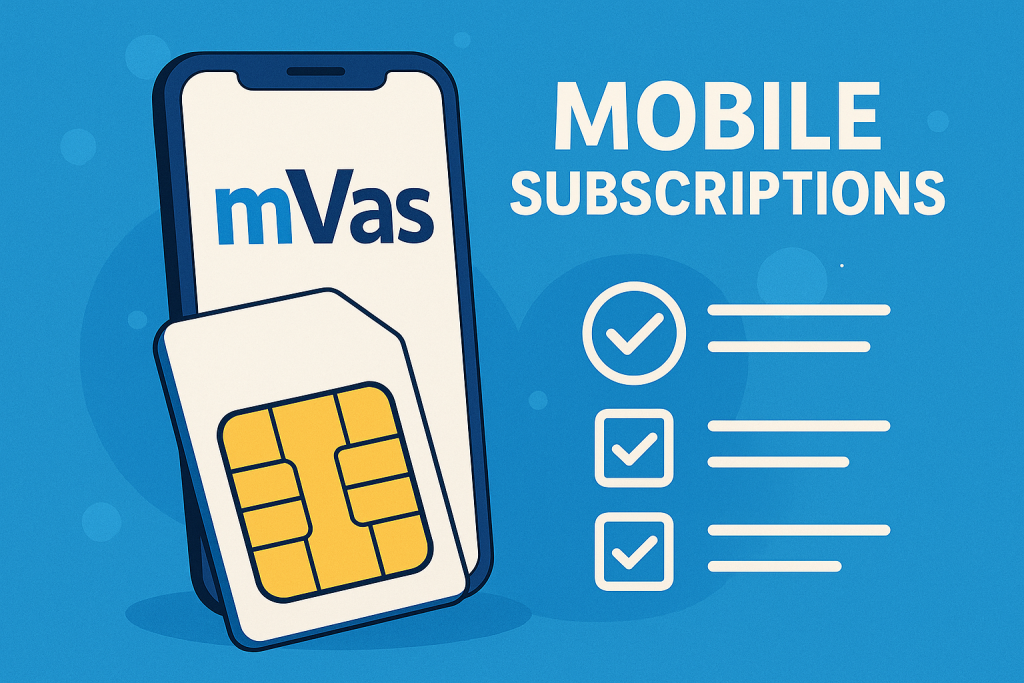
In summary, Poland’s mVAS vertical has transitioned from old-school ringtones and SMS chat towards carrier-enabled digital commerce and subscriptions. The vertical is growing in sophistication: mobile payments for games and media, value-add bundles, and enterprise messaging are where the action is, even as legacy premium SMS slowly fades. This evolution creates new opportunities for marketers and affiliates, as discussed next.
Affiliate Marketing opportunities in Poland’s mobile & mVAS markets
Given Poland’s robust mobile industry and the prevalence of mobile-based payments, there are significant opportunities for affiliate marketers to tap into this space. Key areas and strategies include:
- Promoting Mobile Plans and Devices: The big operators and MVNOs often run affiliate programs or partner with marketing networks to acquire customers. Affiliates can earn commissions by referring new subscribers or selling contracts/SIM cards online. For example, Orange Polska’s affiliate program (via networks like MyLead) offers a commission for each new plan signup . These payouts can range up to ~€30 per sale depending on the plan. Affiliates with comparison sites, tech blogs, or social media influence in Poland can capitalize by recommending mobile offers (SIM-only deals, family plans, etc.) and getting rewarded per lead or sale (CPA/CPS models). With mobile number portability being easy in Poland, many consumers switch providers for a better deal – affiliates can leverage this by highlighting promotions (e.g. “get 3 months free” deals) from different operators.
- Mobile Content & mVAS Offers: A major affiliate vertical in Poland involves carrier billing content services – sometimes called “PIN submit” or “DCB offers”. In these campaigns, users are enticed with digital content (quizzes, games, video clips, etc.) and subscribe by entering their phone number and a PIN received via SMS. Affiliates are paid per successful subscription or trial. Thanks to Poland’s high mobile penetration and willingness to use phone bill payments, such offers can perform well. Typical offers might include entertainment subscriptions (e.g. daily horoscopes, mobile games club), utility services (antivirus for phone, fitness tips), or sweepstakes entries billed via premium SMS. However, due to the regulations, flows require user confirmation – which, while adding a step, also means more genuine leads. Conversion rates can be strong if the value is clear, since paying via phone is very convenient for users with no credit card (and recall only ~17% have credit cards) . Affiliates experienced in compliance and creative advertising can thrive in this space. It’s worth noting the 35 PLN monthly cap on such charges (unless extended by user) adds a constraint , but it also ensures users aren’t overcharged – a net positive for trust and sustainability of these offers.
- App Install and Digital Product Campaigns: Poland’s large base of smartphone users (around 80% of adults) is an attractive target for Cost-Per-Install (CPI) campaigns and other app-centric affiliate offers. Advertisers (like mobile gaming companies or fintech apps) often seek Polish users, and affiliates can run campaigns promoting these apps through social media, ad networks, or reward programs. The payout per install or action might be a few zloty, but at scale this is lucrative. Additionally, given carriers enable bundling charges to bills, affiliates could promote digital products that accept carrier billing (for instance, a streaming service subscription where the user can pay via Play or Orange billing – reducing friction).
- Lead Generation for Telecom Services: Beyond mobile plans, Poland’s telecom operators also push related services (fiber broadband, IPTV, 5G home internet). Affiliates can partner on lead-gen for these high-value products. For example, getting a user to sign up for a “call me back” about a fiber internet plan can earn a commission. As convergence is big in Poland (many people buy bundles), an affiliate site that compares bundle packages (mobile+TV+internet) could attract referrals.
- Niche Content for Prepaid Users: There is also a segment of offers targeting prepaid users specifically – e.g. international top-up services, SIM card delivery services for tourists, etc. Platforms like Monito or Recharge.com run affiliate programs for mobile top-ups, which could be relevant given millions of Polish SIMs are prepaid. Additionally, MVNOs without large marketing budgets often rely on referral marketing; affiliates can partner with MVNOs like Lycamobile or smaller ones to reach immigrant communities or deal-hunters.
Channels and Strategies: To succeed in Poland, affiliates should localize their approach – use Polish language in campaigns, understand local culture (e.g. humor and memes resonate on social media ads), and leverage popular platforms like Facebook, Instagram, TikTok, as well as Google search for comparison keywords. Poland has a well-developed e-commerce and online banking ecosystem (e.g. BLIK mobile payments, Allegro marketplace), so users are generally comfortable transacting online. However, mobile carrier billing stands out as an easy-pay method that affiliates can capitalize on for impulse purchases. An example strategy is running TikTok ads for a “mobile quiz challenge” that leads to a DCB subscription; such campaigns can yield good ROI if compliant and targeted properly.
Finally, compliance and trust are paramount. The Polish UKE and operators monitor VAS promotions closely. Affiliates should ensure clear disclosure of terms (costs, frequency of billing) and avoid misleading creatives. Working with reputable affiliate networks that have direct carrier connections (and anti-fraud measures) is advisable – this not only protects consumers but also the affiliate’s long-term earnings (since user refunds or complaints can lead to clawbacks). Companies like Empello and Evina are active in Poland to prevent carrier billing fraud , meaning the ecosystem is safer now for legitimate marketing.
Conclusion
Poland’s mobile telecommunications landscape in 2024/2025 is characterized by healthy competition, nationwide 4G coverage, and accelerating 5G rollout, all at consumer-friendly prices. The major operators – Orange, Play, Plus, T-Mobile – continue to innovate and battle for market share, while a host of MVNOs add diversity. Users benefit from abundant data (Poland enjoys some of the cheapest GB prices in the world ) and a rich array of services. In turn, this high usage and comfort with mobile services feeds a dynamic mobile VAS sector – from carrier-billed game purchases to streaming subscriptions and premium services – albeit one now governed by stronger consumer protections.
For affiliate marketers, Poland’s mobile and mVAS markets offer fertile opportunities. Whether through promoting core telecom products (SIMs, plans) or tapping into the mobile content subscription goldmine, affiliates can find angles to monetize. The key is to align with local preferences: emphasize ease (e.g. “charge it to your phone bill in 2 clicks” appeals in a low-credit-card market), leverage the trust in major Polish brands, and stay compliant with the rules that keep user trust high (transparent opt-ins, fair billing). Platforms that perform well include social media for broad reach, and dedicated affiliate networks (some homegrown in Poland) that connect to telecom offers. In a country where nearly everyone has a mobile phone and digital habits are deeply mobile-centric, the intersection of telecom and marketing is especially potent.

